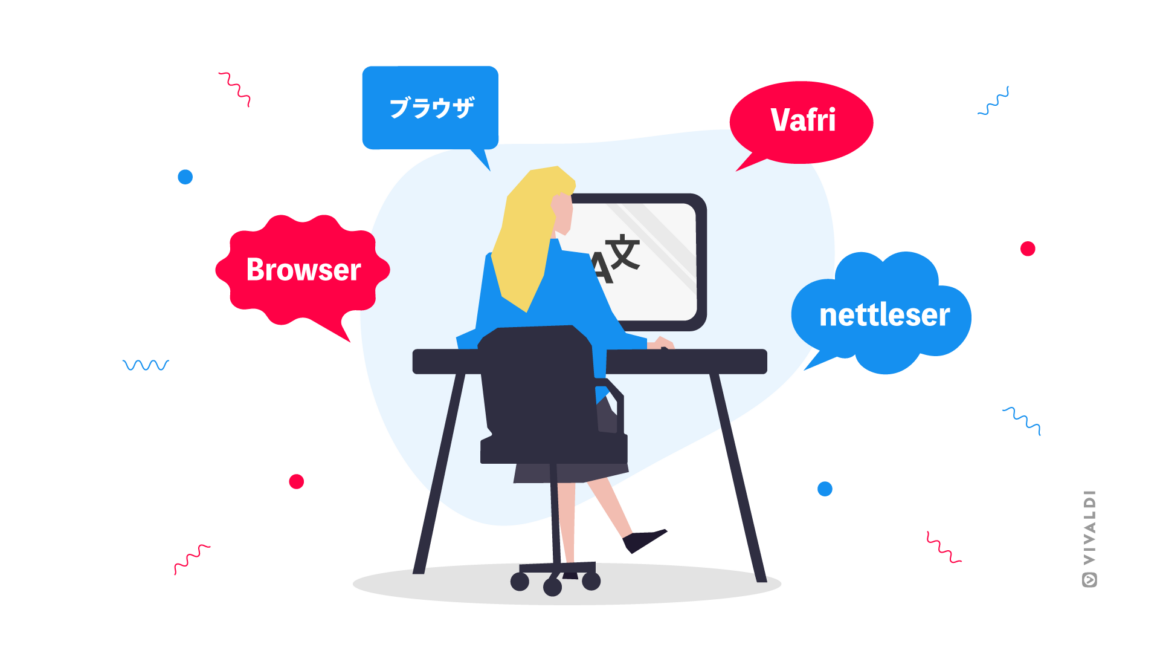Most applications that are intended for a broad international audience have their UI translated to various languages, the number of which can vary widely, depending on the resources of the vendor, especially their ability to recruit translators. Vivaldi is currently being translated to 91 […]
Tag: Chromium
Soooo … you say you want to maintain a Chromium fork?
Photo by Ari Greve (Note: this article assumes you have some familiarity with Git terminology, building Chromium, and related topics) Building your own Chromium-based browser is a lot of work, unless you want to just ship the basic Chromium version without any changes. If […]
